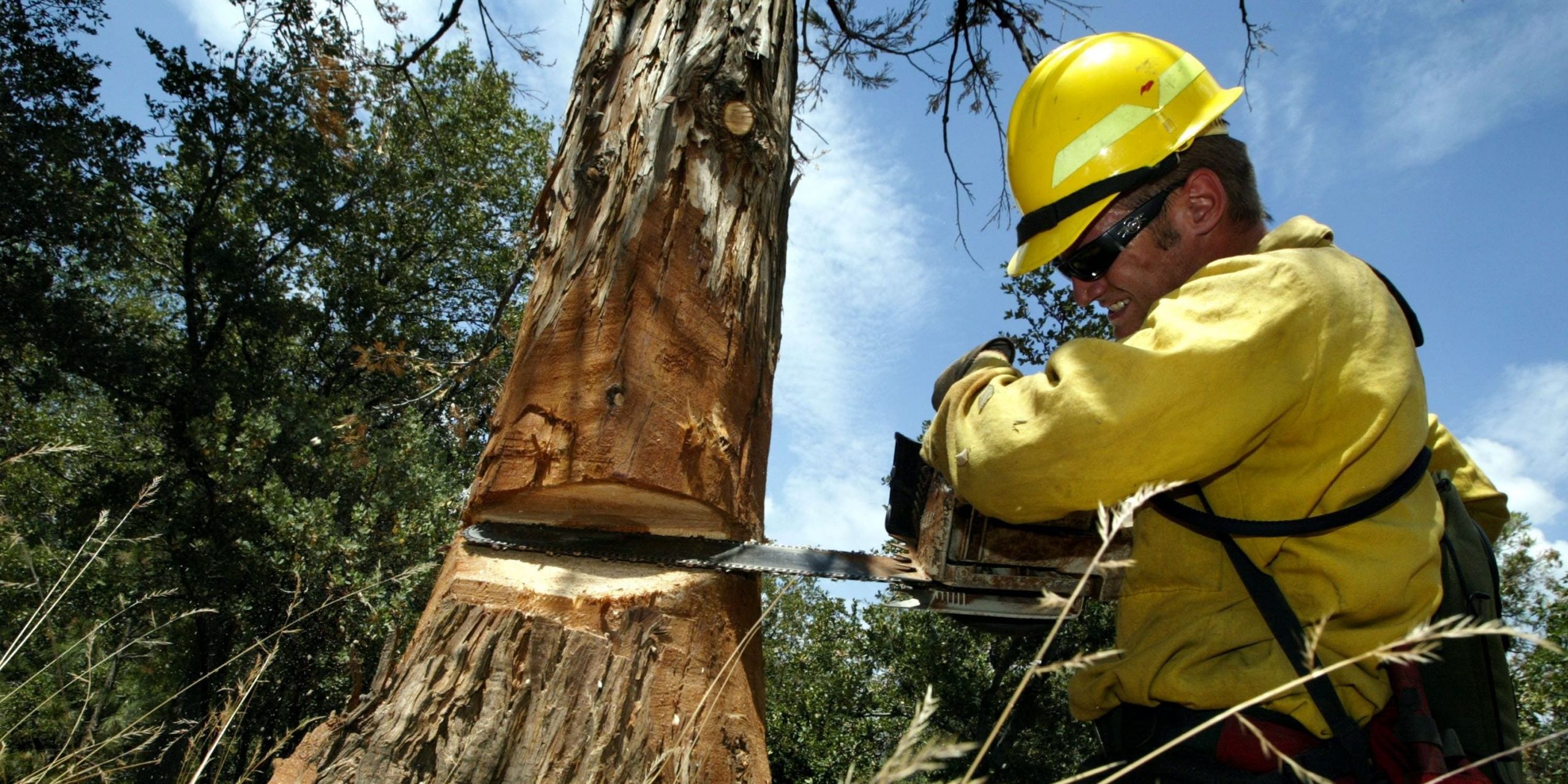-
- Some jobs are more dangerous than others.
- Using data from the Bureau of Labor Statistics, we found the 34 jobs in America that had the highest rates of fatal injuries in 2018.
- Logging workers, fishers, aircraft pilots, and roofers made the top of the list.
- Visit Business Insider’s homepage for more stories.
Some jobs have a much higher risk of fatal injuries than others.
The Bureau of Labor Statistics documented how many people died on the job in 2018 for the equivalent of every 100,000 people who held that job.
To find the most dangerous jobs in America, we identified the jobs from the Bureau’s list with the highest fatal injury rate. Each of these jobs has a fatal injury rate above the national average for all workers of 3.5 per 100,000 full-time workers.
Overall, the greatest number of fatal work injuries resulted from transportation incidents. Violence or other injuries by persons or animals; falls, slips, and trips; and contact with objects and equipment were other leading causes of workplace deaths.
Here are the 34 deadliest jobs in America, along with their 2018 fatality rates per 100,000 full-time equivalent workers, and a description of what workers in these jobs do from the Department of Labor's O*NET careers database or the Bureau's Occupational Outlook Handbook.
34. Painters, construction and maintenance

What they do: Paint walls, equipment, buildings, bridges, and other structural surfaces.
Fatal injury rate (per 100,000 workers): 5.3
33. Pipelayers, plumbers, pipefitters, and steamfitters

What they do: Lay out, install, or maintain pipes, plumbing, and sewer systems.
Fatal injury rate (per 100,000 workers): 5.6
32. Hand laborers and freight, stock, and material movers

What they do: Manually move freight, stock, or other materials or perform other general labor.
Fatal injury rate (per 100,000 workers): 5.8
31. Automotive service technicians and mechanics

What they do: Diagnose, adjust, repair, or overhaul automotive vehicles.
Fatal injury rate (per 100,000 workers): 6.1
30. Welding, soldering, and brazing workers
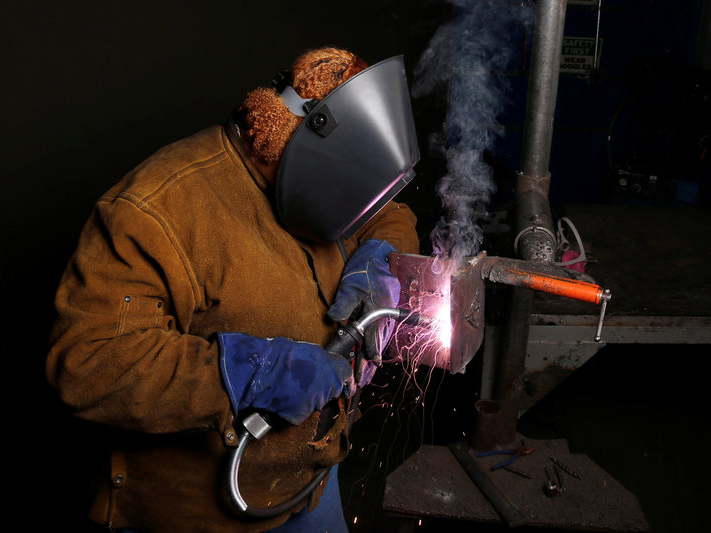
What they do: Use hand-welding, flame-cutting, hand soldering, or brazing equipment to weld or join metal components or to fill holes, indentations, or seams of fabricated metal products.
Fatal injury rate (per 100,000 workers): 6.2
29. Security guards and gaming surveillance officers
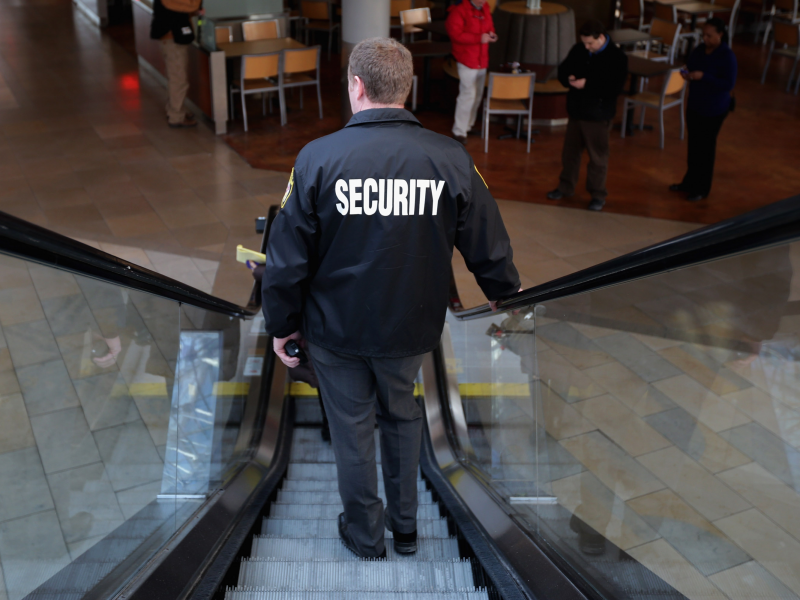
What they do: Guard, patrol, or monitor premises to prevent theft, violence, or infractions of rules.
Fatal injury rate (per 100,000 workers): 6.4
28. Emergency medical technicians and paramedics

What they do: Assess injuries, administer emergency medical care, and extricate trapped individuals. Transport injured or sick persons to medical facilities.
Fatal injury rate (per 100,000 workers): 6.5
27. Carpenters

What they do: Construct, erect, install, or repair structures and fixtures made of wood.
Fatal injury rate (per 100,000 workers): 6.6
26. Taxi drivers and chauffeurs

What they do: Drive automobiles, vans, or limousines to transport passengers.
Fatal injury rate (per 100,000 workers): 6.7
25. Industrial truck and tractor operators
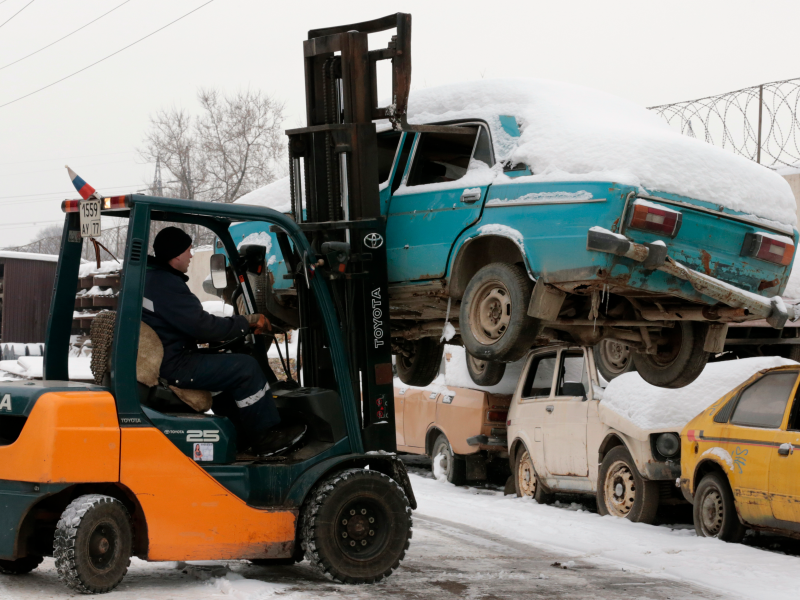
What they do: Operate industrial trucks or tractors equipped to move materials around a warehouse, storage yard, factory, construction site, or similar location.
Fatal injury rate (per 100,000 workers): 6.8
24. Athletes, coaches, umpires, and related workers
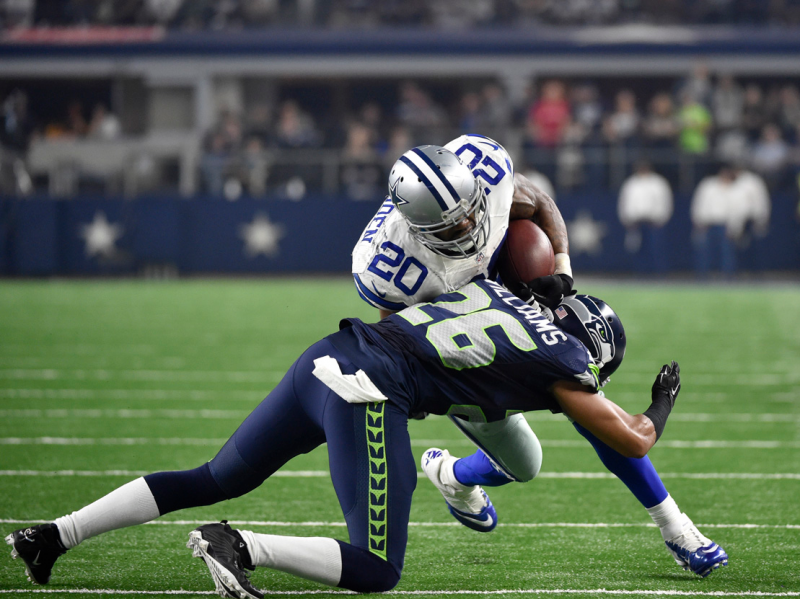
What they do: Compete in athletic events, instruct or coach groups or individuals in the fundamentals of sports, or officiate at competitive athletic or sporting events.
Fatal injury rate (per 100,000 workers): 7.6
23. Heating, air conditioning, and refrigeration mechanics and installers

What they do: Install or repair heating, central air conditioning, or refrigeration systems.
Fatal injury rate (per 100,000 workers): 8.5
22. Electricians

What they do: Install, maintain, and repair electrical wiring, equipment, and fixtures.
Fatal injury rate (per 100,000 workers): 8.8
21. Bus and truck mechanics and diesel engine specialists

What they do: Diagnose, adjust, repair, or overhaul buses and trucks, or maintain and repair any type of diesel engines.
Fatal injury rate (per 100,000 workers): 9.5
20. Operating engineers and other construction equipment operators

What they do: Operate one or several types of power construction equipment.
Fatal injury rate (per 100,000 workers): 10.6
19. Mining machine operators
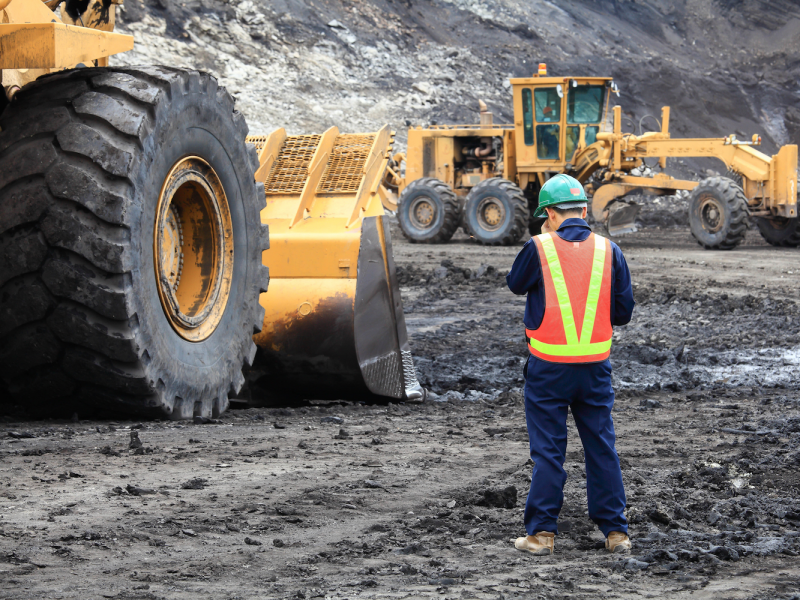
What they do: Operate mining machines that can rip coal, metal, and other materials from the mine.
Fatal injury rate (per 100,000 workers): 11.0
18. General maintenance and repair workers

What they do: Perform work involving the skills of two or more maintenance or craft occupations to keep machines, mechanical equipment, or the structure of an establishment in repair.
Fatal injury rate (per 100,000 workers): 12.5
17. Construction laborers

What they do: Perform tasks involving physical labor at construction sites.
Fatal injury rate (per 100,000 workers): 13.0
16. Police and sheriff's patrol officers

What they do: Maintain order and protect life and property by enforcing local, tribal, State, or Federal laws and ordinances.
Fatal injury rate (per 100,000 workers): 13.7
15. First-line supervisors of mechanics, installers, and repairers

What they do: Directly supervise and coordinate the activities of mechanics, installers, and repairers.
Fatal injury rate (per 100,000 workers): 15.1
14. Construction trade helpers
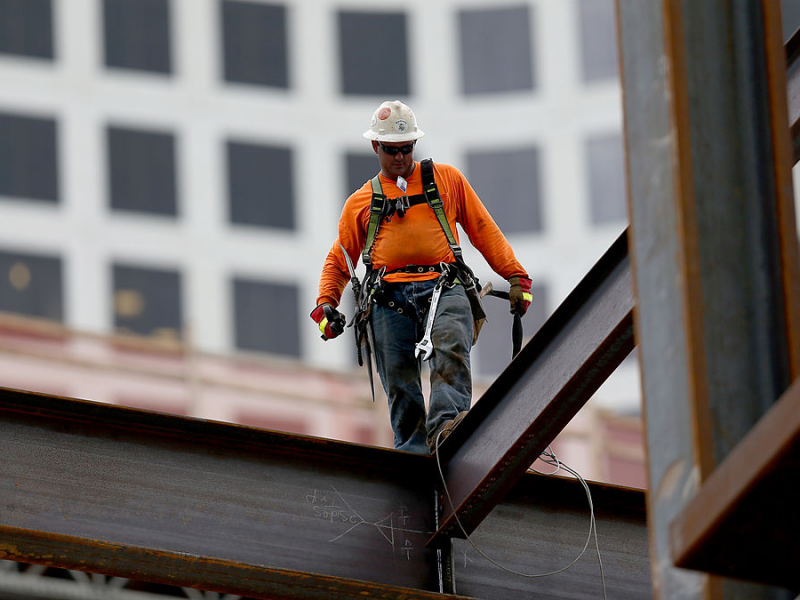
What they do: Assist construction laborers on construction sites.
Fatal injury rate (per 100,000 workers): 15.8
13. Miscellaneous agricultural workers

What they do: Work on farms or other agricultural businesses.
Fatal injury rate (per 100,000 workers): 18.0
12. Grounds maintenance workers
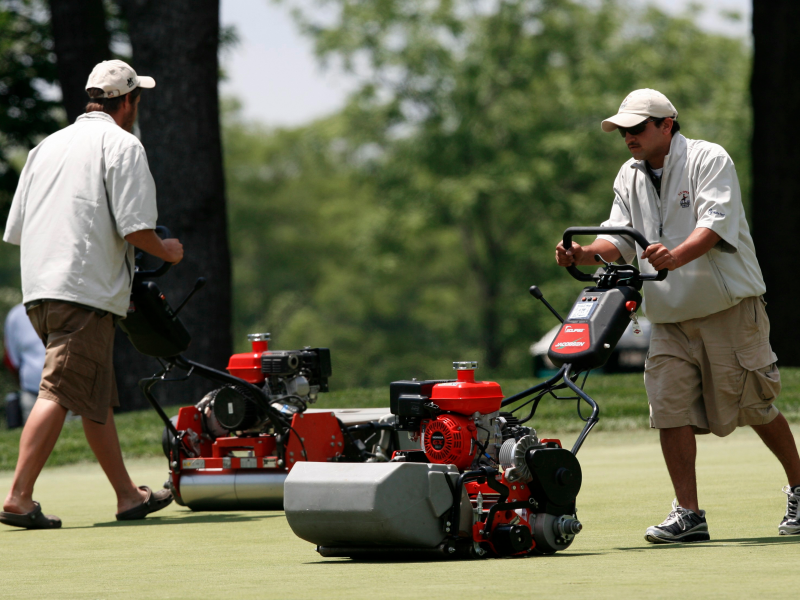
What they do: Maintain grounds of property using hand or power tools or equipment.
Fatal injury rate (per 100,000 workers): 18.6
11. Electrical power-line installers and repairers

What they do: Install or repair cables or wires used in electrical power or distribution systems.
Fatal injury rate (per 100,000 workers): 19.3
10. First-line supervisors of landscaping, lawn service, and grounds keeping workers

What they do: Directly supervise and coordinate activities of workers engaged in landscaping or grounds keeping activities.
Fatal injury rate (per 100,000 workers): 20.2
9. First-line supervisors of construction trades and extraction workers

What they do: Directly supervise and coordinate activities of construction or extraction workers.
Fatal injury rate (per 100,000 workers): 21.0
8. Structural iron and steel workers

What they do: Raise, place, and unite iron or steel girders, columns, and other structural members to form completed structures or structural frameworks.
Fatal injury rate (per 100,000 workers): 23.6
7. Farmers, ranchers, and other agricultural managers
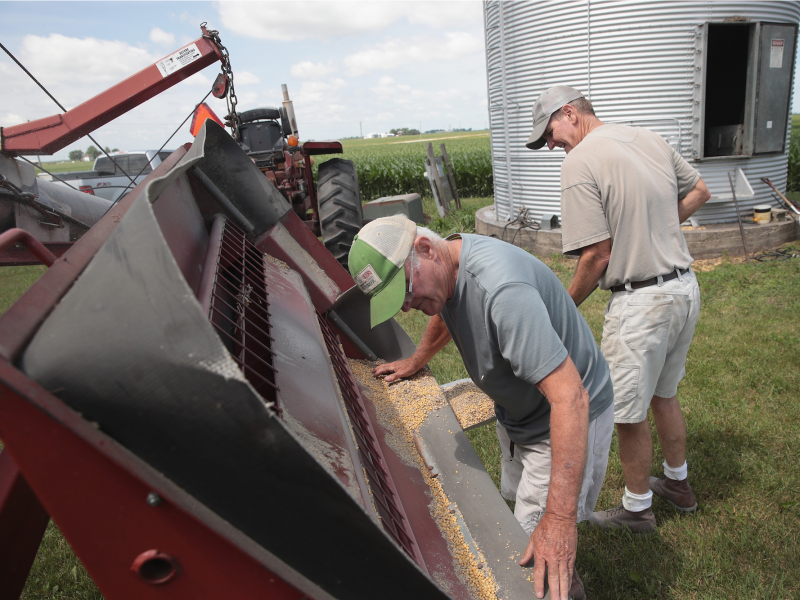
What they do: Plan, direct, or coordinate the management or operation of farms or other agricultural establishments.
Fatal injury rate (per 100,000 workers): 24.7
6. Driver/sales workers and truck drivers
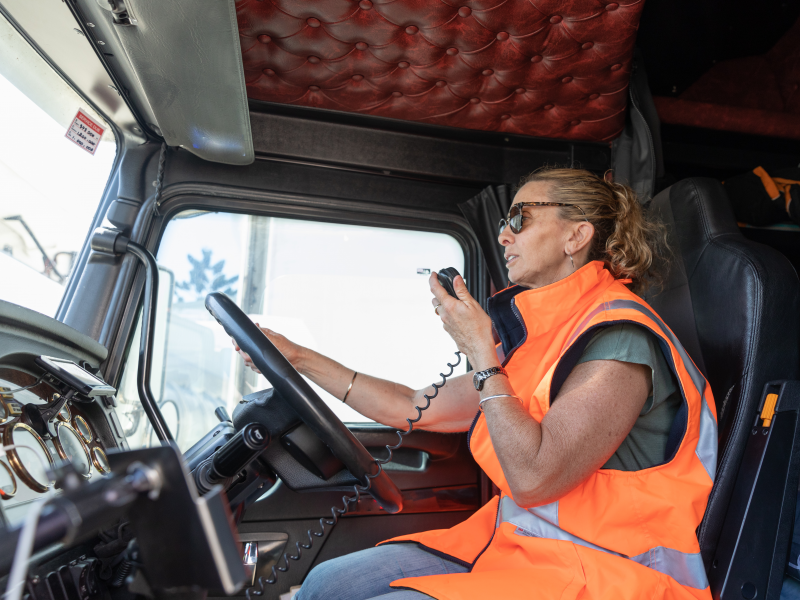
What they do: Drive truck or other vehicle over established routes or within an established territory and sell or deliver goods.
Fatal injury rate (per 100,000 workers): 26.0
5. Refuse and recyclable material collectors

What they do: Collect and dump refuse or recyclable materials from containers into truck.
Fatal injury rate (per 100,000 workers): 44.3
4. Roofers

What they do: Cover roofs of structures with shingles, slate, asphalt, aluminum, wood, or related materials.
Fatal injury rate (per 100,000 workers): 51.5
3. Aircraft pilots and flight engineers

What they do: Pilot and navigate the flight of fixed-wing, multi-engine aircraft, usually on scheduled air carrier routes, for the transport of passengers and cargo.
Fatal injury rate (per 100,000 workers): 58.9
2. Fishers and related fishing workers

What they do: Use nets, fishing rods, traps, or other equipment to catch and gather fish or other aquatic animals
Fatal injury rate (per 100,000 workers): 77.4
1. Logging workers

What they do: Use mechanized equipment or hand tools to cut down trees.
Fatal injury rate (per 100,000 workers): 97.6
